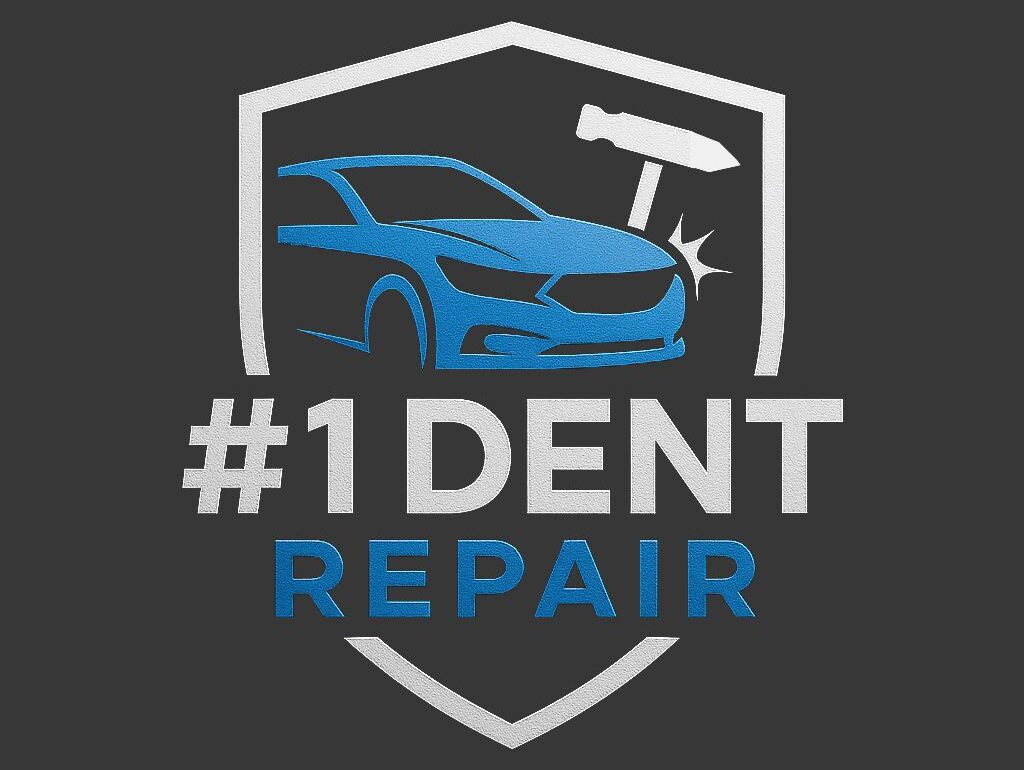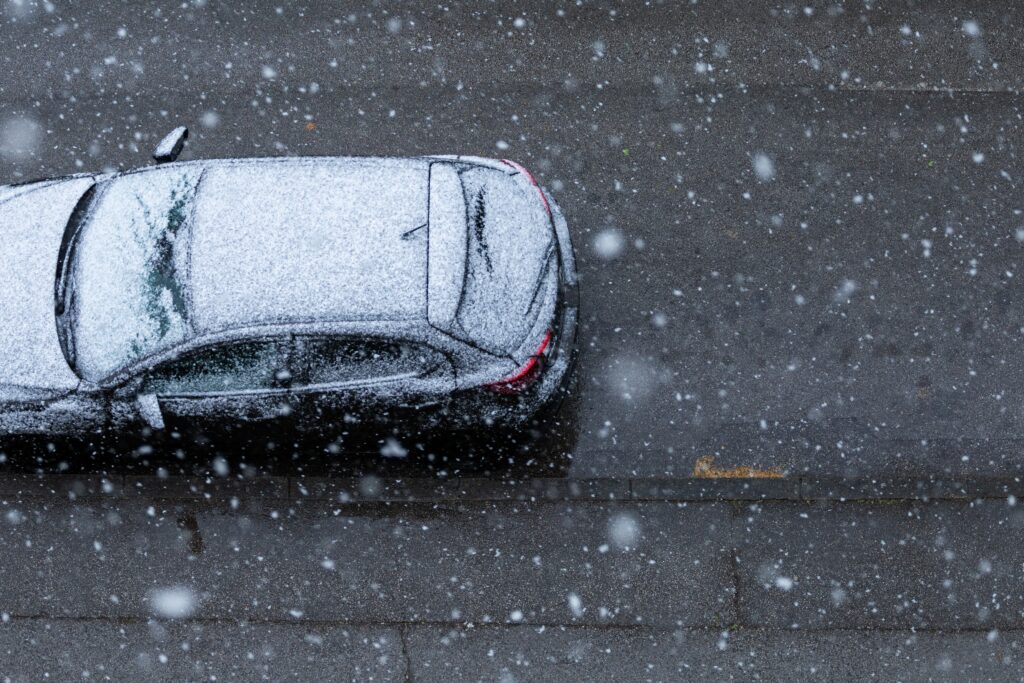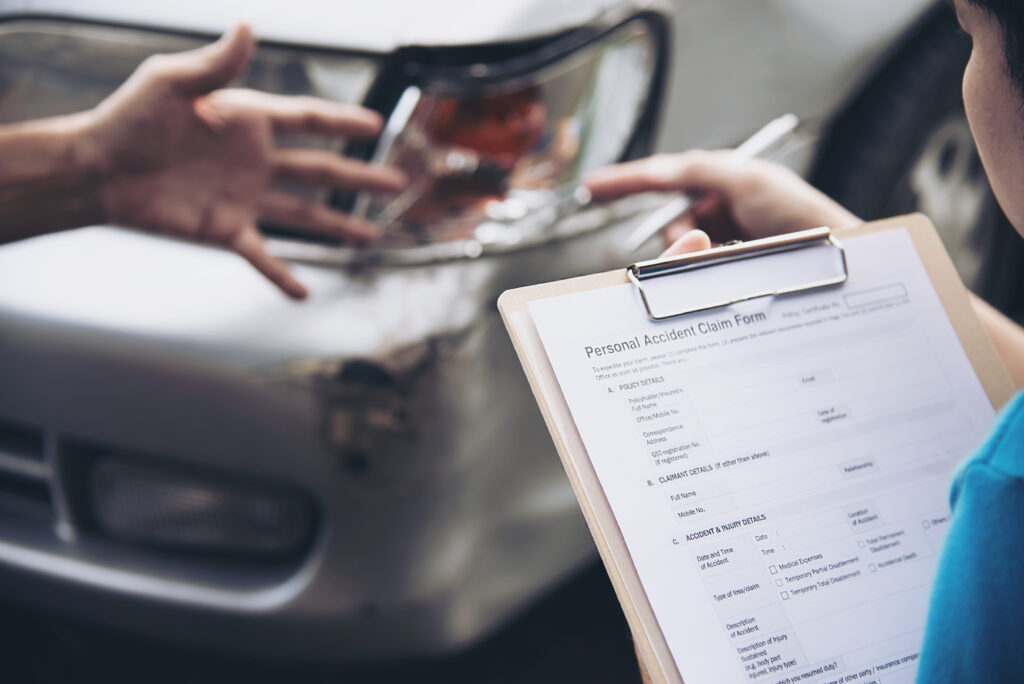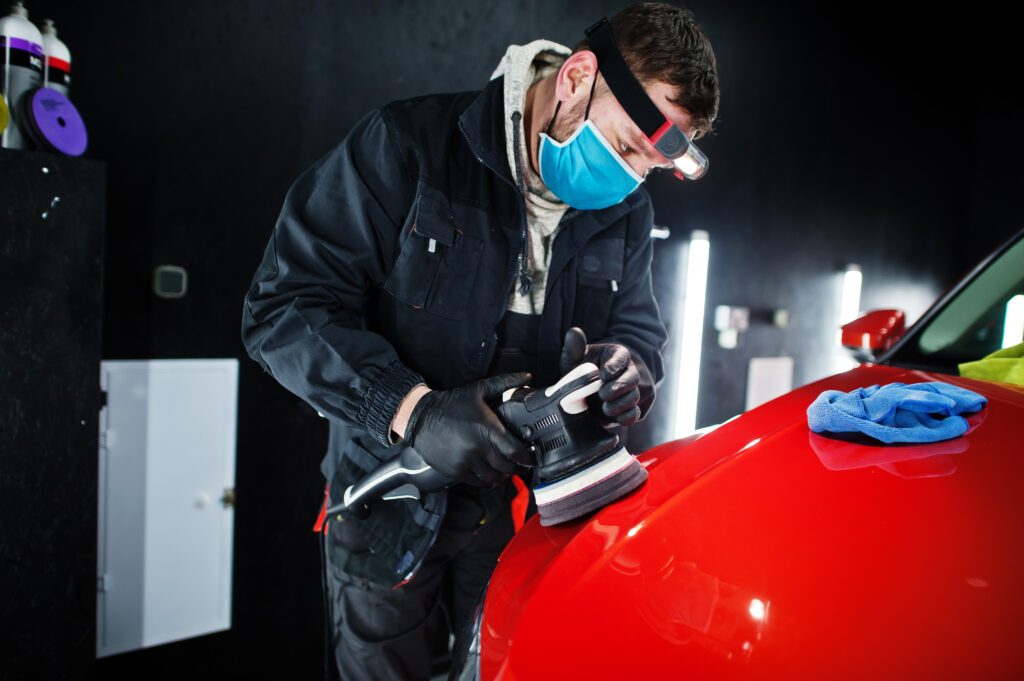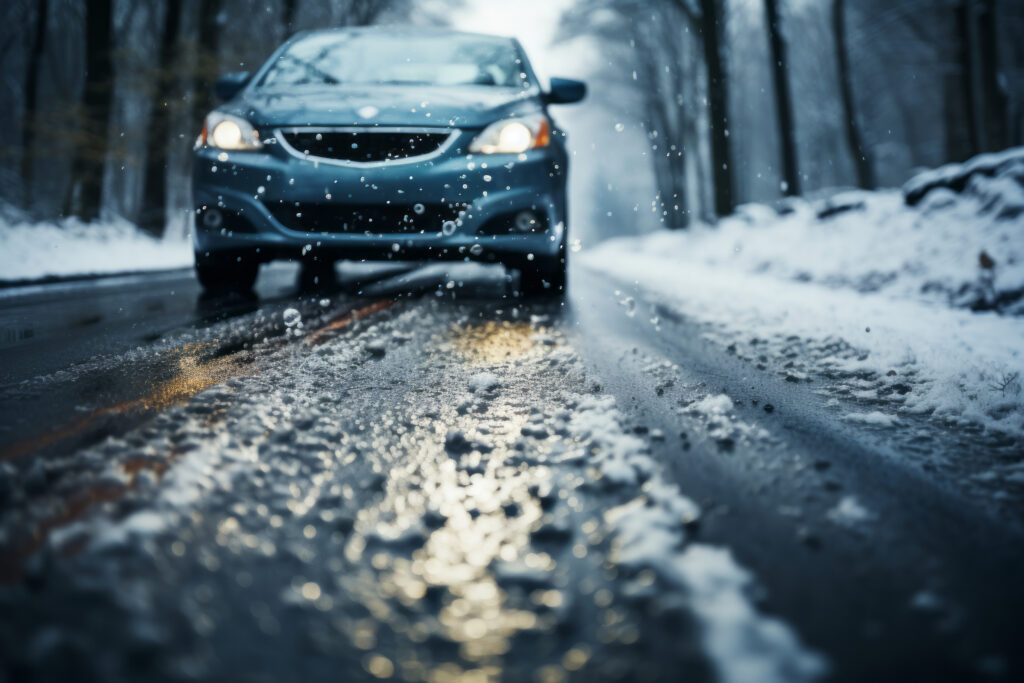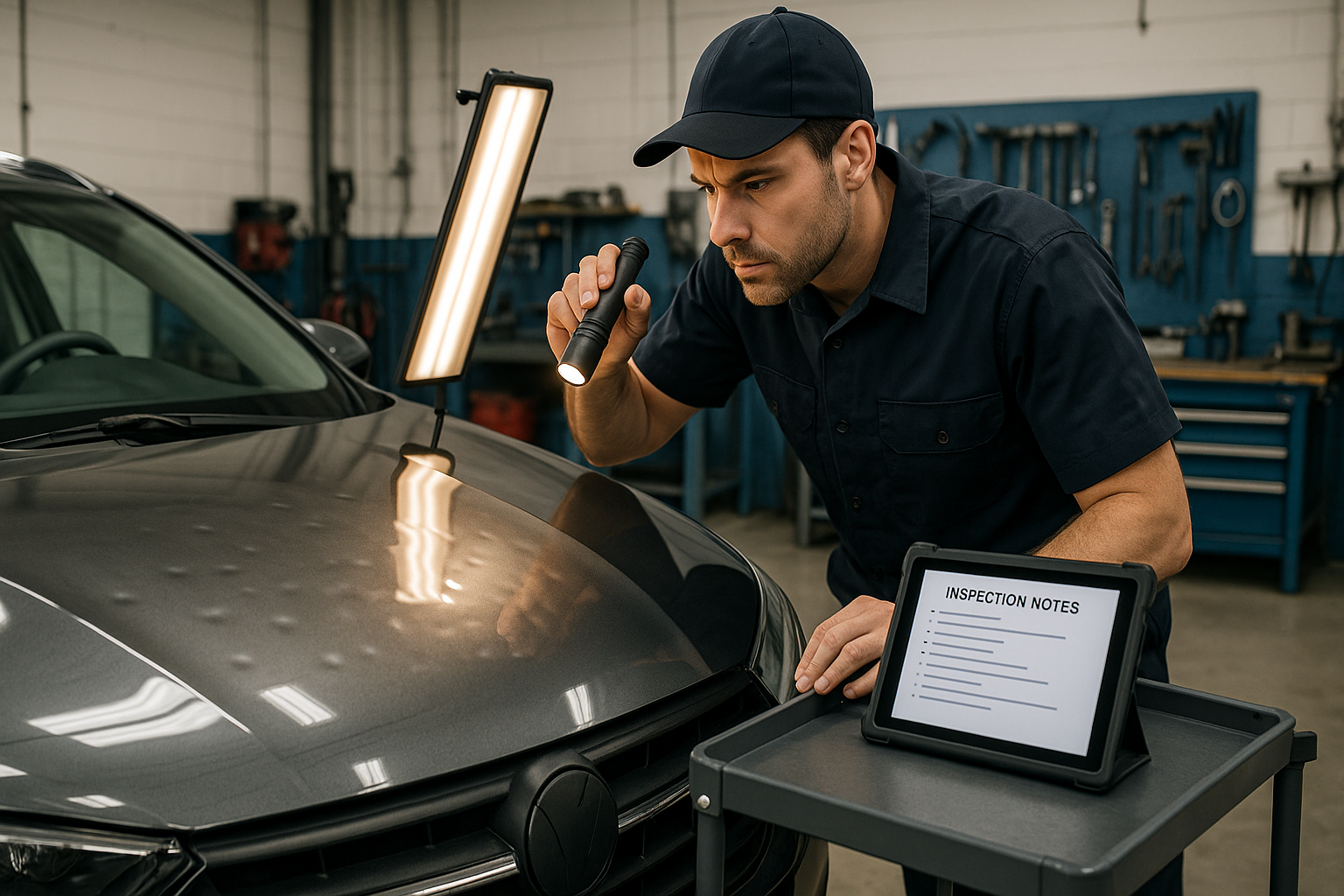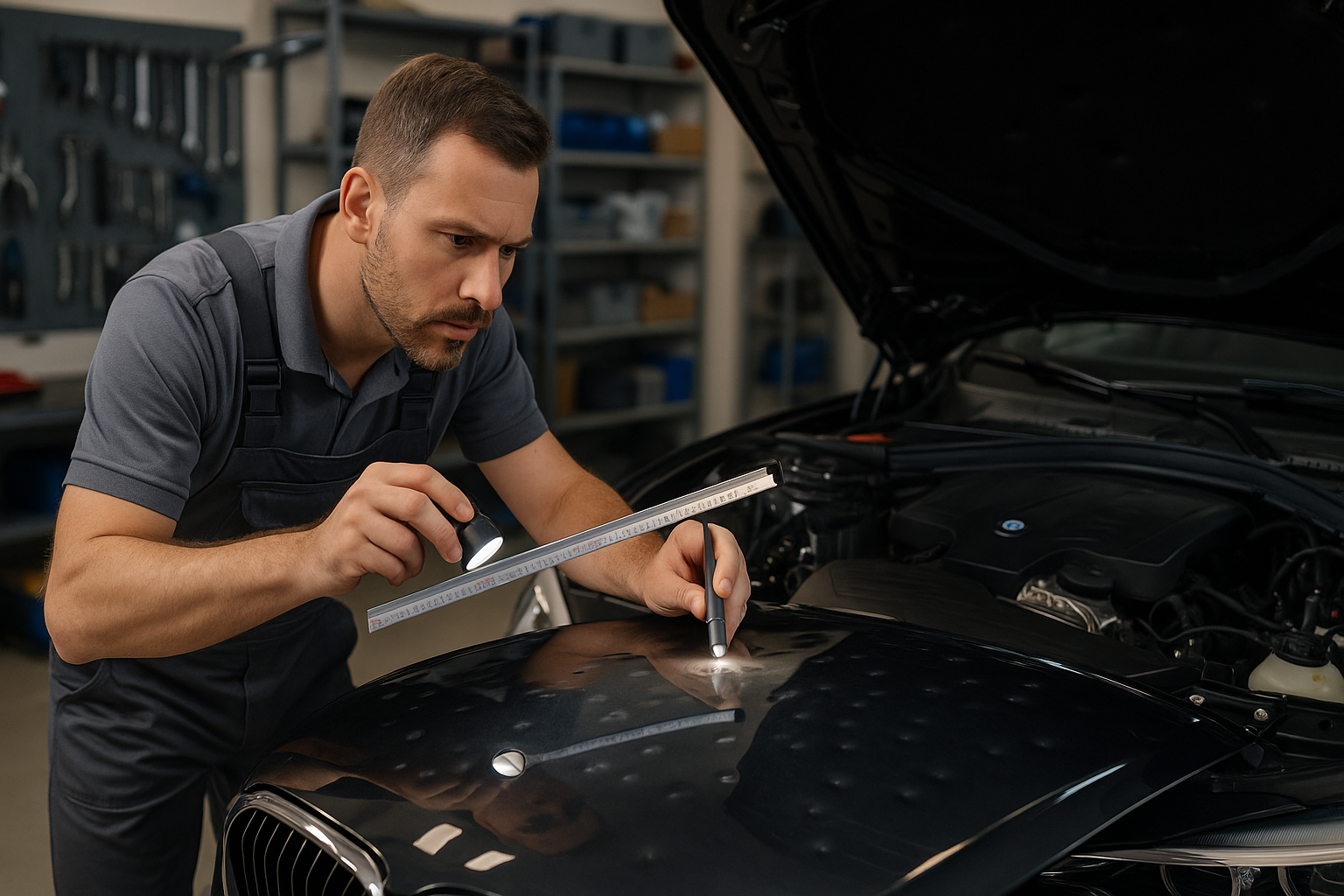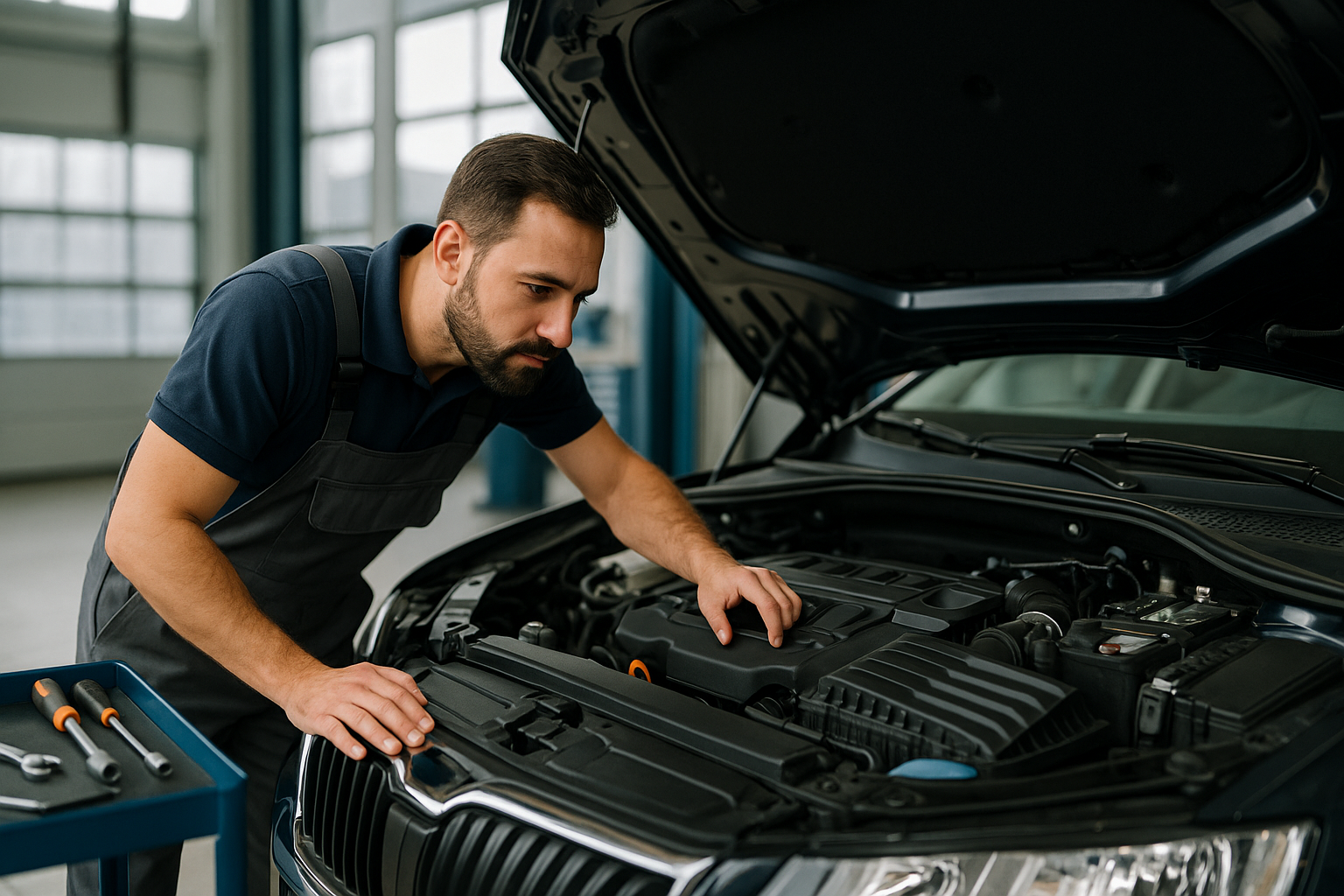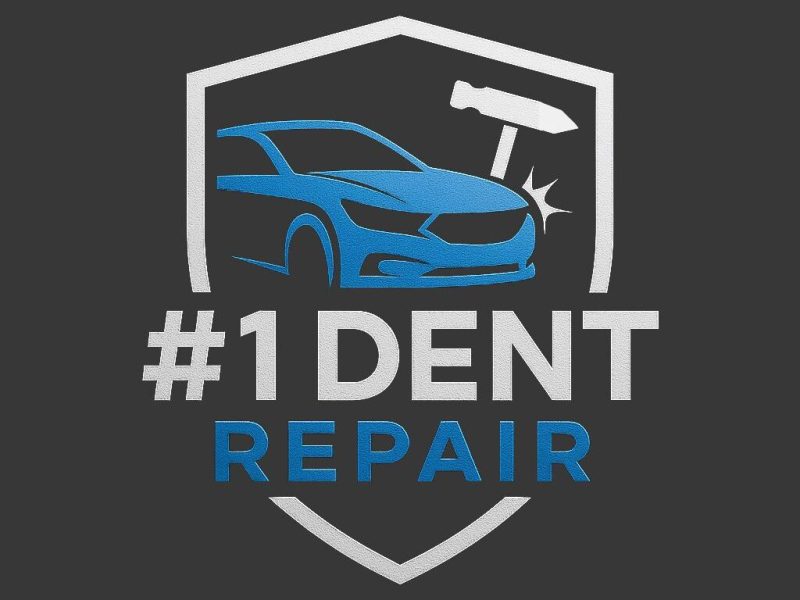Hailstorms are common natural phenomena in various regions of the United States, especially during the spring and summer months. For those who park their cars outdoors, the risks are high. After a hailstorm, a vehicle may show anything from light dents to cracked windshields and damaged paint. What seems like a minor cosmetic issue can hide greater problems, such as vehicle devaluation and progressive damage to the body. Knowing what to do in the first 24 hours can make all the difference.
How to Identify Hail Damage on Your Car
Hail can cause various types of damage to your car, the most common being light to medium-sized dents, usually visible on the hood, roof, doors, and trunk. Another frequent issue is cracks or chips in the windows, especially the windshield. The paint can also suffer scratches or chipping. It’s essential to conduct a detailed inspection in natural light and photograph all affected areas. This documentation will be useful for filing an insurance claim and getting repair estimates.
Risks of Ignoring Immediate Repairs
Delaying the repair of hail damage can lead to serious consequences. First, there’s the issue of devaluation—buyers and dealers penalize vehicles with visible body defects. Additionally, dents expose the bodywork to rust and corrosion, compromising the structural integrity of the car. In more severe cases, the accumulation of damage can affect the vehicle’s performance and occupant safety. Insurance companies may also deny coverage if the damage is not reported promptly.
What to Do Within the First 24 Hours
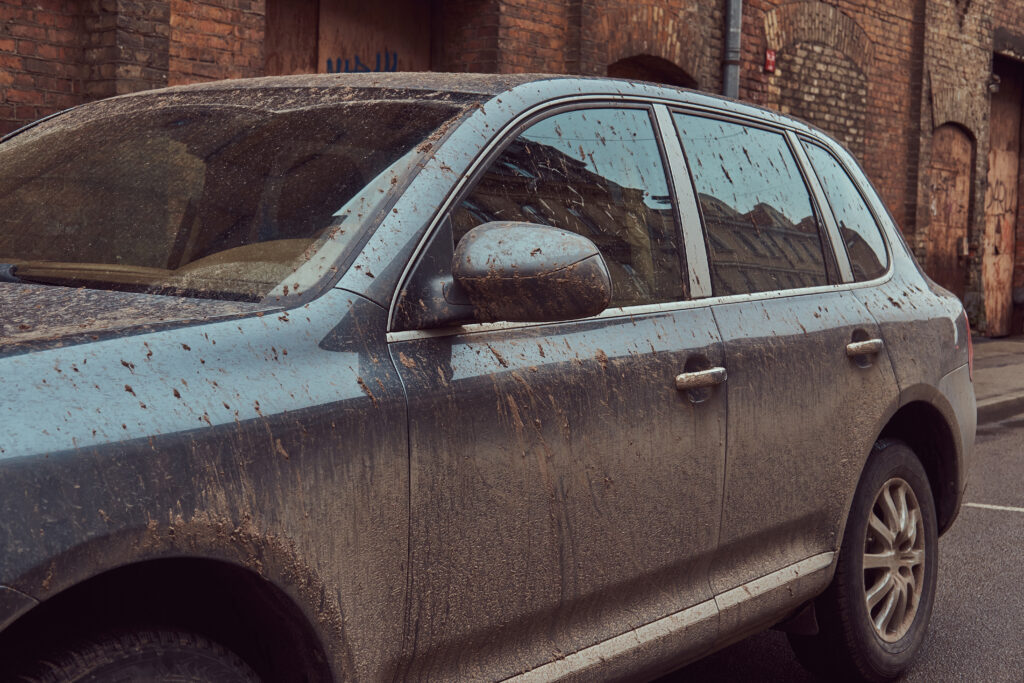
Quick action after a hailstorm is essential to avoid greater complications. Follow these steps:
- Document the damage: Take photos from different angles and record the date and location.
- Review your auto insurance policy to check if it includes comprehensive coverage.
- Contact your insurer immediately, report the claim with details, and send the photos.
- Avoid DIY repairs that could worsen the damage or void your insurance coverage.
- Look for a hail damage repair shop, preferably with certified technicians in PDR.
Understanding Paintless Dent Repair (PDR)
PDR—Paintless Dent Repair—is the most modern and efficient technique to fix hail dents without affecting the car’s original paint. This method uses specific tools to access the back of the body panel and apply controlled pressure, reshaping the metal to its original form. In addition to preserving the vehicle’s originality, PDR significantly reduces repair time and cost. Ideal for small and medium dents, it is the most recommended method by auto repair experts in the U.S.
Conclusion
Hail may be temporary, but the damage it causes can last for years—and be costly. Acting quickly, properly documenting the damage, and choosing a professional repair are fundamental steps to protect your investment.
